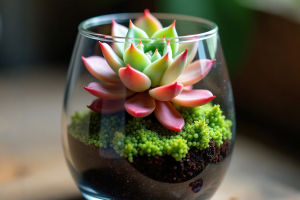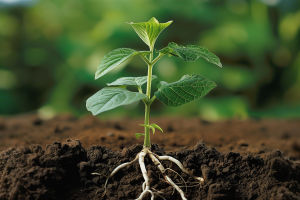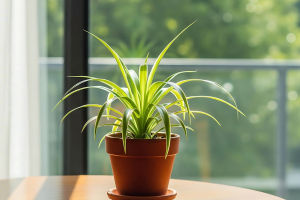Floral design has always been an art that balances nature's beauty with human creativity.
However, in recent years, there has been a push to break free from traditional conventions and explore new forms of expression.
In this article, we'll delve into how modern floral artists push boundaries through innovation in materials and design to create avant-garde pieces that challenge the norms of floral arrangements.
Innovating with Materials and Forms
In modern floral design, breaking the mold begins with materials. Gone are the days when flowers were simply arranged in vases or bouquets. Today, designers are using unconventional materials to bring a fresh perspective to floral art.
For example, incorporating metals, wires, and even recycled items into floral compositions adds unexpected textures and a modern edge to the traditional display. This not only amplifies the visual impact but also connects the art to contemporary environmental and cultural conversations.
Additionally, the form and structure of floral arrangements are being pushed to new limits. Instead of adhering to typical circular or linear designs, many artists explore asymmetrical and dynamic shapes that evoke energy and movement. Flowers are no longer bound by gravity; they can float, spiral, or cascade in intricate patterns.
By playing with negative space, the design shifts the viewer's focus from the flowers themselves to the overall form they create in space, creating an entirely new artistic experience.
Combining Floral Elements with Other Art Forms
One of the most exciting developments in modern floral design is the fusion of flowers with other artistic elements. For instance, combining flowers with ceramics, glass, and even metals allows for an extraordinary variety of artistic expressions.
A ceramic vase can be incorporated not just as a container, but as an integral part of the artwork, blending seamlessly with the flowers' organic shapes.
Glass elements, whether as vases, sculptures, or transparent barriers, can enhance the lightness and transparency of the flowers, creating a delicate interplay between color and light. The fragility of glass contrasts beautifully with the natural sturdiness of flowers, enhancing both materials.
On the other hand, metal sculptures can give an industrial yet artistic feel to floral designs, suggesting strength and resilience alongside the soft, ephemeral qualities of flowers.
By using such elements, designers not only elevate floral arrangements into a multi-dimensional artistic experience but also encourage a deeper connection between nature and man-made objects, making the artwork a conversation starter that reflects our evolving relationship with the world.
Embracing Minimalism and Conceptual Art
A significant shift in modern floral design is the movement toward minimalism. The focus is on simplicity and the thoughtful arrangement of a few elements rather than overcrowding the design with an excessive number of flowers.
This approach allows each bloom to have its moment in the spotlight, emphasizing its unique characteristics, color, and texture. Minimalism, when combined with striking design elements, creates a serene and sophisticated aesthetic.
Along with minimalism, floral art is increasingly being used to express conceptual ideas. For example, a designer may create a flower arrangement that represents a theme like "growth" or "decay," using color, form, and texture to embody those ideas.
This conceptual approach not only challenges the viewer's perceptions of what floral art can be but also opens up a space for deeper emotional and intellectual engagement with the work.
Impact on the Floral Industry
The shift towards avant-garde floral designs is also having a broader impact on the floral industry.
As more designers embrace non-traditional techniques and forms, they are opening new avenues for creativity and inspiring younger generations of florists to experiment with their craft.
It's not just about making flowers look beautiful anymore; it's about telling a story, expressing an idea, or creating an immersive experience that resonates with the audience on multiple levels.
This approach is also pushing the boundaries of what flowers represent in our culture. Traditionally, flowers were symbols of romance, celebration, or mourning. Today, flowers are becoming a canvas for exploring much deeper concepts, challenging the status quo of floral design and making it relevant to contemporary society.
Modern floral design is more than just an arrangement of blooms. It's an evolving art form that pushes boundaries through the use of innovative materials, shapes, and conceptual ideas. By blending flowers with other artistic elements and embracing minimalism, floral artists are creating pieces that are not only visually stunning but also conceptually rich.
As the industry continues to evolve, we can expect to see even more creative and avant-garde floral designs that redefine our understanding of flowers as art.


